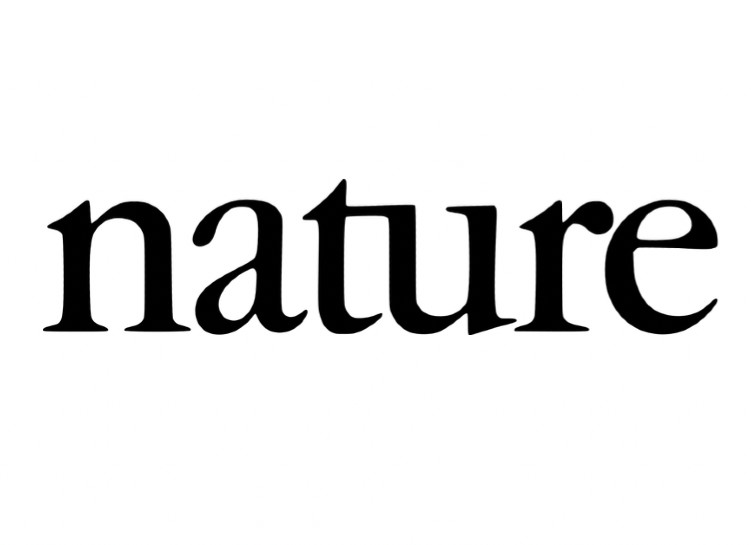Social media companies are struggling to control online health dis- and misinformation, for example, during the COVID-19 pandemic in 2020. Online narratives tend to be nurtured in in-built community spaces that are a specific feature of platforms such as Facebook (for example, fan pages) but not Twitter. Previous studies have pointed out that what is missing is a system-level understanding at the level of millions of people, whereas another study has highlighted the need to understand the role of algorithms and bots in the amplification of risk among unwitting crowds.
Here we provide a system-level analysis of the multi-sided ecology of nearly 100 million individuals expressing views regarding vaccination, which are emerging from the approximately 3 billion users of Facebook from across countries, continents and languages. The segregation in Fig. 1a arises spontaneously. Individuals come together into interlinked clusters. Each cluster is a Facebook page and its members (that is, fans) who subscribe to, share and interact with the content and narratives of that Facebook page. A link from cluster A to B exists when A recommends B to all its members at the page level, as opposed to a page member simply mentioning a cluster. Each red node is a cluster of fans of a page with anti-vaccination content. Cluster size is given by the number of fans, for example, the page ‘RAGE Against the Vaccines’ has a size of approximately 40,000 members. Blue nodes are clusters that support vaccinations, for example, the page ‘The Gates Foundation’ has a size (that is, number of fans) of more than 1 million. Each green node is a page focused around vaccines or another topic—for example, a school parent association—that has become linked to the vaccine debate but for which the stance is still undecided. Support and potential recruitment of these green clusters (crowds) is akin to a battle for the ‘hearts and minds’ of individuals in insurgent warfare.


